cuttings in water
sandpointgal
16 years ago
Related Stories

HOLIDAYSHow to Care for Your Christmas Tree
Keep your tree looking lush until the last ornament is packed away with these tips for watering, using stands and more
Full Story
GARDENING GUIDES7 Ecofriendly Gardening Ideas That Also Cut Chore Time
Spend less time weeding, less money watering and more moments just sitting back and enjoying your healthy garden
Full Story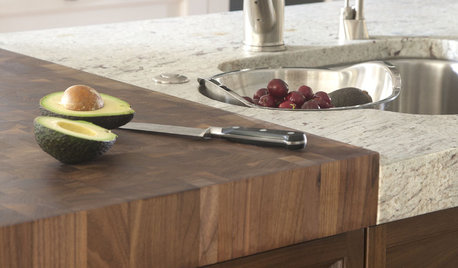
KITCHEN DESIGNKitchen Counters: Try an Integrated Cutting Board for Easy Food Prep
Keep knife marks in their place and make dicing and slicing more convenient with an integrated butcher block or cutting board
Full Story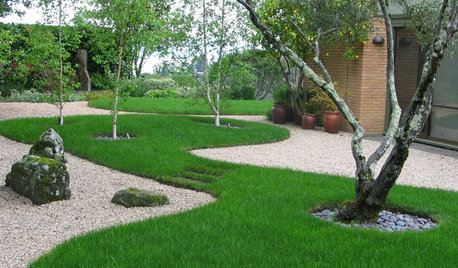
LANDSCAPE DESIGNIs Your Garden Cut Out for Matisse Inspiration?
Look to the artist’s paper collages for a creative and easy approach to garden design
Full Story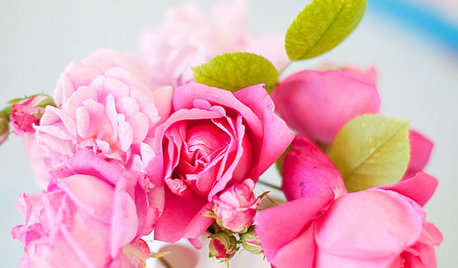
BUDGET DECORATINGSimple Pleasures: Treat Yourself to Cut Flowers
Enjoy priceless beauty with just a few inexpensive stems — and you don’t need fancy vases, either
Full Story
HOME OFFICESQuiet, Please! How to Cut Noise Pollution at Home
Leaf blowers, trucks or noisy neighbors driving you berserk? These sound-reduction strategies can help you hush things up
Full Story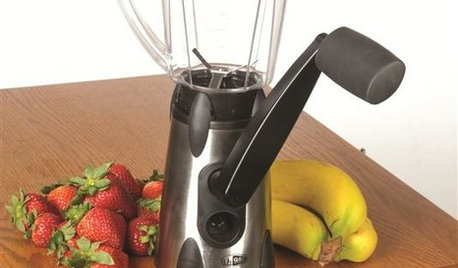
ACCESSORIESEasy Green: Cut Electricity Use With 15 Unplugged Home Devices
Crank up the energy savings, courtesy of household items that come into power the old-fashioned way: manually
Full Story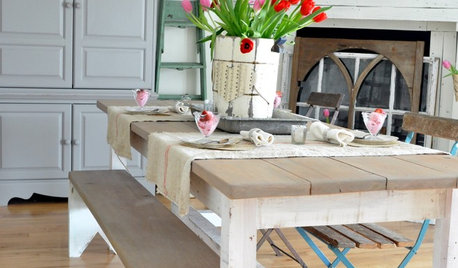
DECORATING GUIDESSpring Style: Fresh-Cut Flowers for Every Room
Graceful, lively or dramatic, fresh flowers make rooms of every shape, size and style that much lovelier
Full Story
REMODELING GUIDESArtistic Carvings Make for Cutting-Edge Architecture
Modern architecture makes room for decoration with artistic designs carved into exterior concrete and interior wood
Full Story
GARDENING GUIDESGreat Design Plant: Anemone Canadensis Adds Pizzazz to Water’s Edges
Plant Canadian anemone along pond, lake or stream edges for a splash of white flowers in late spring
Full StoryMore Discussions










Daisyduckworth
Heathen1
Related Professionals
Newcastle Landscape Architects & Landscape Designers · Hollywood Landscape Contractors · Lemoore Landscape Contractors · Mission Bend Landscape Contractors · Shoreview Landscape Contractors · Antioch Landscape Contractors · Kingsburg Landscape Contractors · Casselberry Landscape Contractors · Arlington Roofing & Gutters · Philadelphia Roofing & Gutters · Sebring Roofing & Gutters · Lexington Roofing & Gutters · Manteca Roofing & Gutters · Wheaton Roofing & Gutters · Black Forest Roofing & Gutterszanderspice
kea2
fatamorgana2121
plantermunn
kea2
oldroser